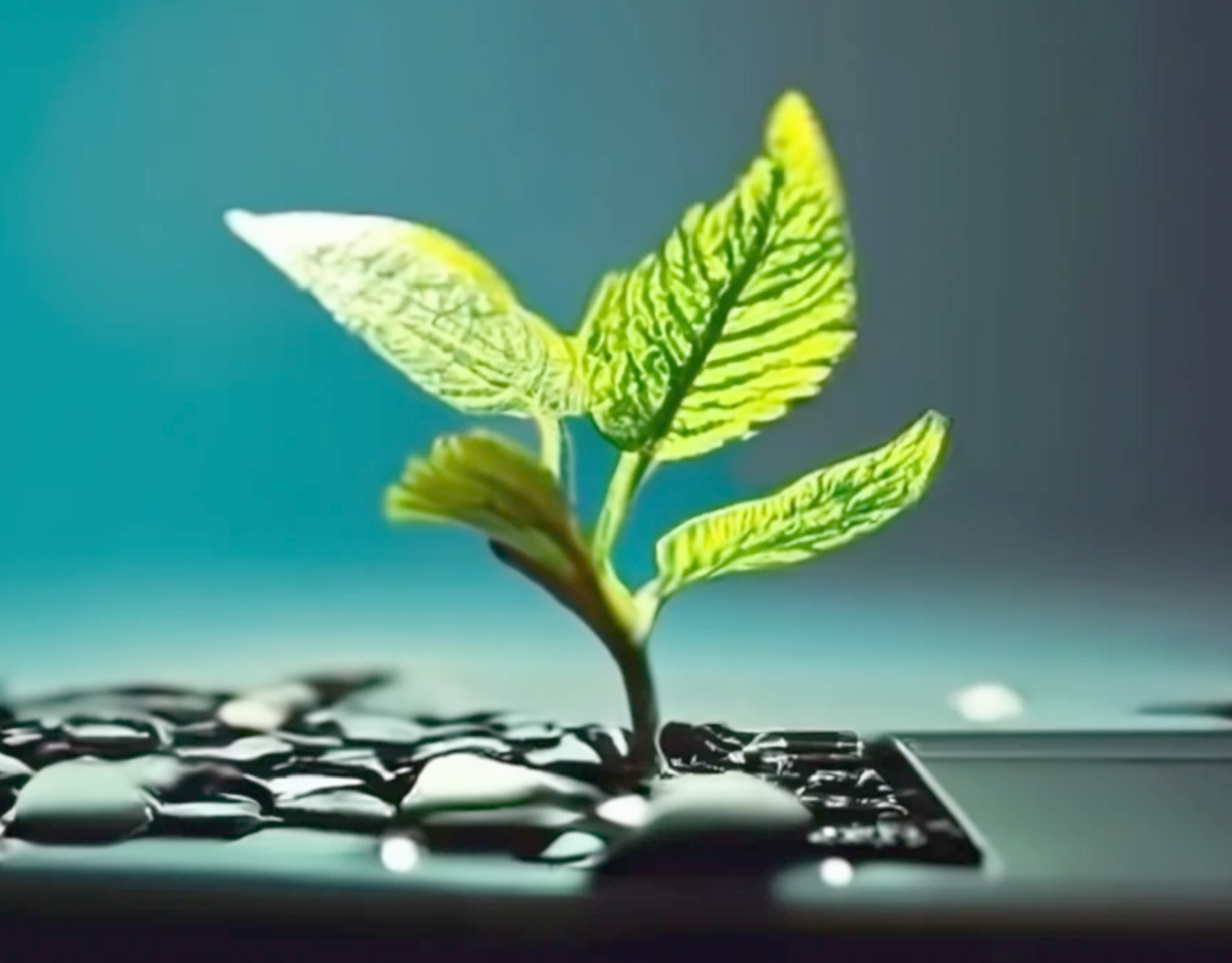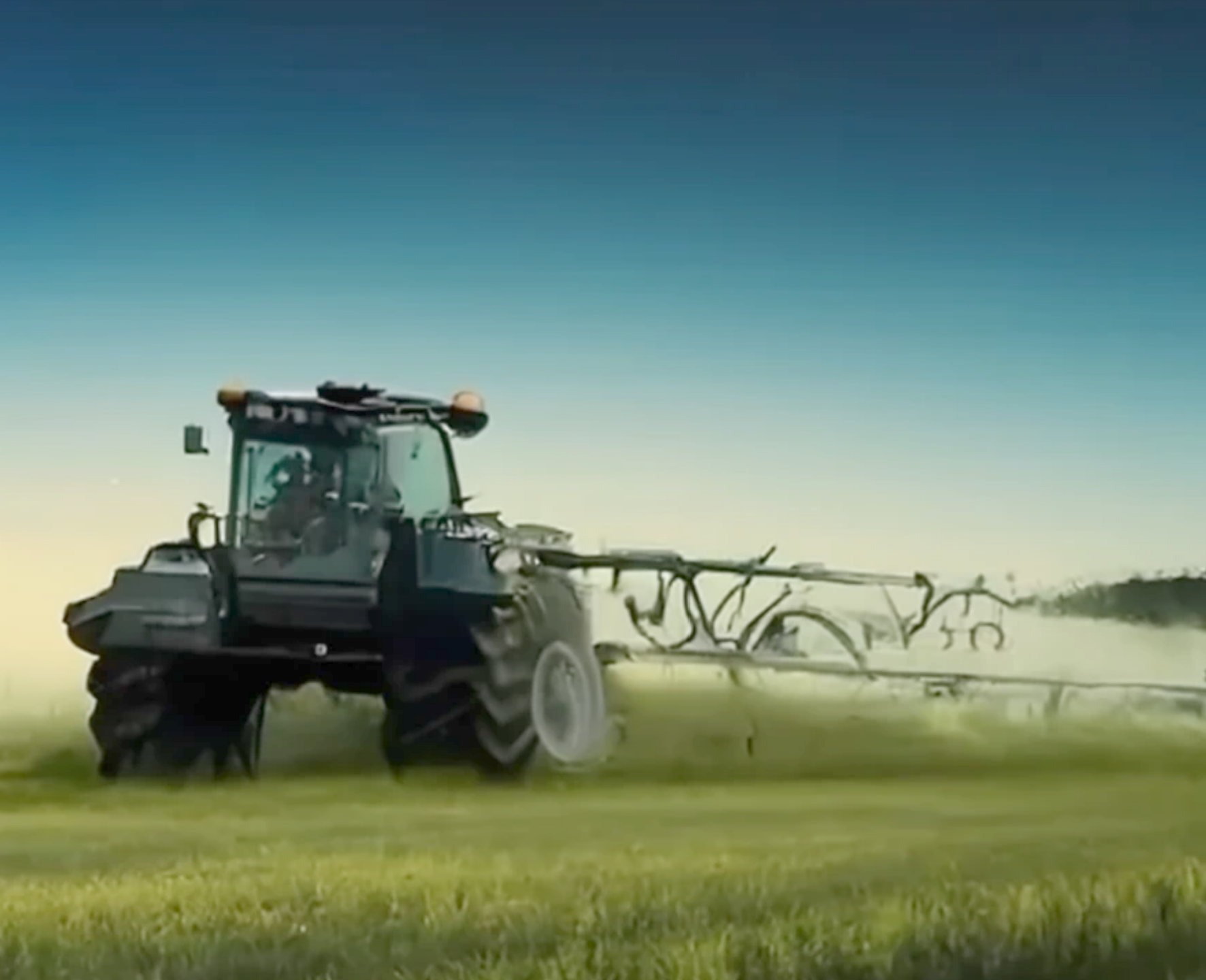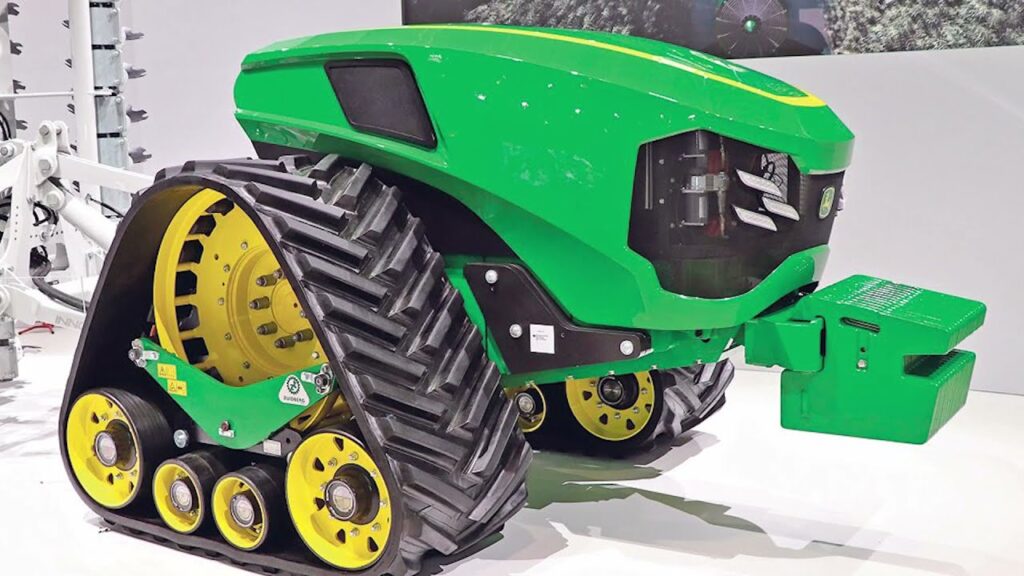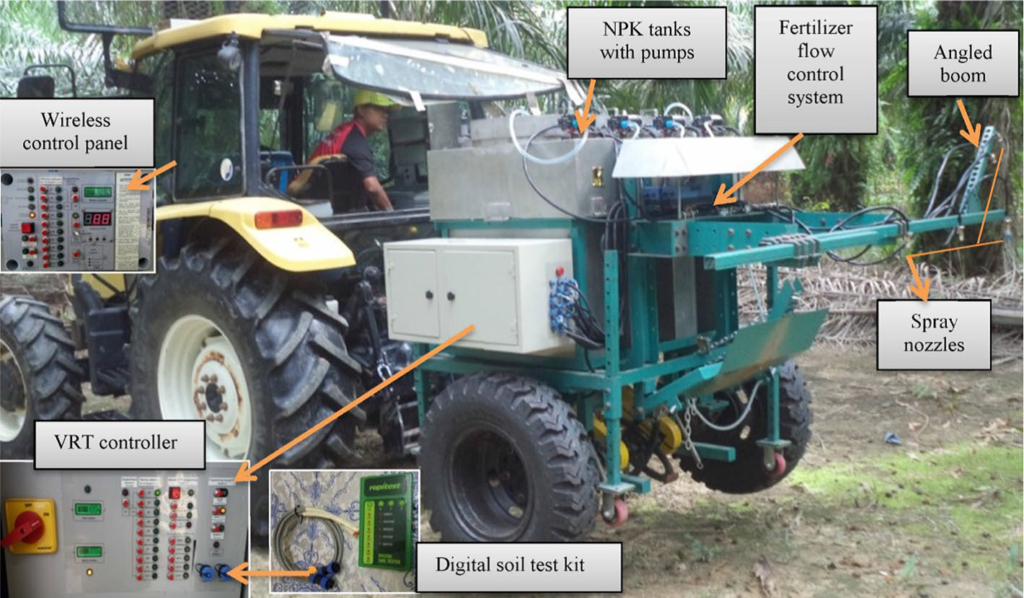Automation: Revolutionizing Agriculture
Bala Gambo Jahun¹, Danladi Usman Drambi¹, Lawan Garba Abubakar¹, Muhammad Yamin²
¹Department of Agricultural and Bioresource, Abubakar Tafawa Balewa University Bauchi Nigeria
²Faculty of Agricultural Engineering & Technology, University of Agriculture, Faisalabad, Pakistan
As the global population hurtles towards an estimated 10 billion by 2050, the agriculture industry faces the daunting task of increasing food production by 70% to meet escalating demands (FAO). Farm automation, a transformative approach employing drones, robotics, and advanced software to overhaul traditional farming practices.
Drone Technology
Drones, or Unmanned Aerial Vehicles (UAVs), have undergone significant development, revolutionizing farming practices. Offering substantial cost savings, heightened operational efficiency, and improved profitability, drones have become indispensable in agriculture. Their ability to deliver high-quality, high-resolution images even on cloudy days enhances monitoring capabilities. Drones, highly cost-efficient and easy to deploy, find applications in supply chain management, humanitarian aid, smart agriculture, surveying, mapping, disaster management, and wildlife conservation. In agriculture, drones integrate with cutting-edge technologies, computing capabilities, and onboard sensors for various applications, including mapping, monitoring, irrigation, plant diagnosis, disaster reduction, and wildlife conservation. A 2023 study mentioned by Times of Malta found that drone-assisted crop monitoring could lead to a 15% reduction in pesticide usage by enabling targeted application.
Robotic Planting and Weeding
Robots designed for planting and seeding target specific farm areas, reducing labor costs and minimizing mundane tasks. Weeding robotics, with precise crop analysis, significantly reduce pesticide usage, enabling targeted herbicide application. Autonomous planting robots contribute to economical and ecological farming practices, surpassing manual labor in sowing fields.

Automated Tractors
Autonomous tractors, pre-programmed to work independently or controlled by farmers, reduce labor costs, enhance yield, and improve operational efficiency. Retrofitting existing tractors with automation kits is a cost-effective alternative, providing cutting-edge technology without the need for new equipment. GPS and mapping systems, coupled with automatic steering, enhance tractor performance, locating obstacles and preventing accidents. Autonomous tractors, equipped with GPS and advanced sensors, have been shown to increase farm efficiency by 20%, according to a report by Trimble.

Automated Harvesting
Automated harvesting, facilitated by autonomous machines, reduces labor costs and accelerates the harvesting process. These machines can operate continuously for extended periods, outperforming human workers in efficiency by up to 30% (Future Farming). This not only saves costs but also ensures a timely harvest without compromising quality, thereby mitigating the impact of rising labor expenses on food prices.
Smart Farming Apps
Modern applications empower farmers to monitor field and livestock progress in real-time. These apps provide crucial data for immediate intervention, addressing issues such as water scarcity or increased pest activity. Active monitoring enables better control and allows farmers to predict yields, facilitating proactive adjustments. The ability to focus on critical aspects of farming while leveraging technology for real-time insights enhances overall efficiency.
Conclusion
The agricultural industry acknowledges the imperative to adapt to a changing world. Outdated farming practices are giving way to sustainable methods, driven by concerns about climate change and the increasing demand for high-quality food. Automation, with its arsenal of drones, robotics, and smart applications, spearheads the charge towards a more sustainable and efficient agricultural future.






This article offers an insightful look at the role of automation in revolutionizing agriculture. The authors have done an excellent job illustrating the potential of drones, robotics, and smart farming apps in reshaping traditional farming practices. The piece also highlights the importance of sustainable methods in meeting the escalating food demands of our growing global population. Great read!
What an outstanding improvement towards the development of Agriculture.
“We are beyond imagination”
Transforming the agricultural sectors into precious farming in the 21st century has become increasingly focused on sustainability and technology.Overall, a holistic approach combining innovation and eco-friendly practices is shaping the future of agriculture.
A very precise and informative piece.